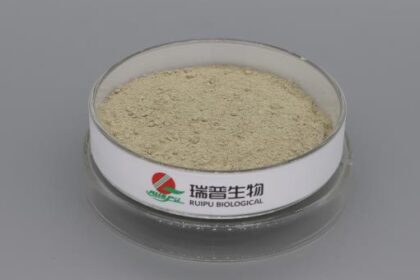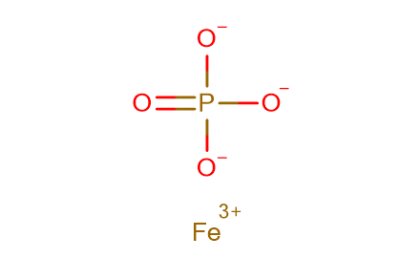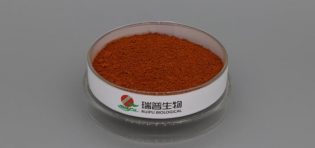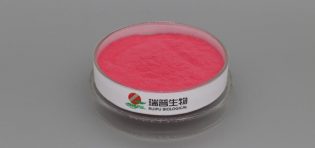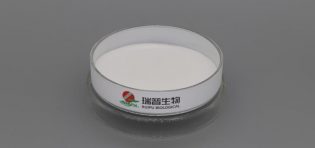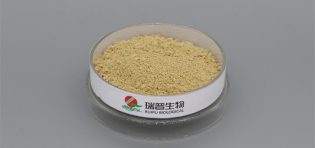
Magnesium oxide is an inorganic compound with the chemical formula MgO, which is the oxide of magnesium and an ionic compound. Here are some of its main physical and chemical properties:
Physical properties:
Appearance: It is a white or grayish-white powder at room temperature, odorless, tasteless, and non-toxic.
Density: 3.58 g/cm³ (25°C).
Melting point: 2852°C.
Boiling point: 3600°C.
Solubility: Insoluble in water and alcohol. Its solubility in water is 0.00062 g/100ml (0°C) and 0.0086 g/100ml (30°C). When heated above 1000°C, it can transform into crystals, and at temperatures of 1500-2000°C, it becomes dead-burned magnesia or sintered magnesia.
Chemical properties:
Magnesium oxide is a basic oxide and exhibits the properties of basic oxides.
When exposed to air, it readily absorbs moisture and carbon dioxide, gradually forming basic magnesium carbonate.
It dissolves in water and ammonium salts but is insoluble in ethanol. Its solution is alkaline, with a pH of 10.3 for saturated aqueous solutions.
It has strong refraction in the visible and near-ultraviolet regions.
Additionally, magnesium oxide exists in nature in the form of periclase and is a raw material for magnesium smelting. It also possesses high refractory insulation performance and is a typical cementitious material.
Despite its various beneficial physical and chemical properties, the practical application of magnesium oxide requires adherence to specific usage scenarios and safety standards to ensure its safe and effective use. For further information about magnesium oxide, it is recommended to consult chemistry textbooks or seek advice from chemical experts.


